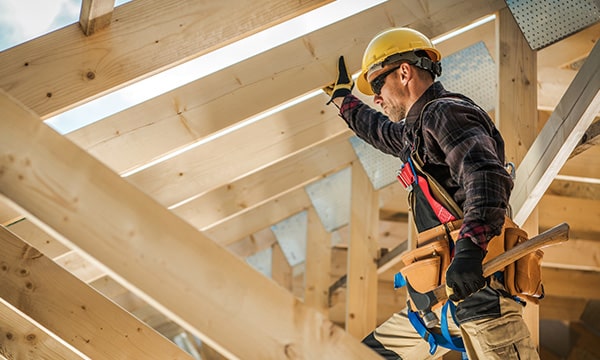Frequently Asked Questions 
Tenant Improvement
What are tenant improvements?
The basic definition of tenant improvements, otherwise known as leasehold improvements, are any customized alterations a building owner makes as part of a lease agreement. Many tenants or business owners buying a new lease may ask for changes to the physical space that better accommodate their company’s needs. A few examples of tenant improvements include adding offices, kitchen, additional bathrooms, conference rooms, or customized color schemes.
Is tenant improvement an asset?
Incentivizing lease buyers includes tenant improvements, which are considered an asset of the lease. These improvements usually come in the form of a TI allowance. The improvement allowance is either a fixed amount or based on a certain price per square foot. You should discuss the terms related to the taxable asset with a financial advisor for distinct information.
How does a tenant improvement allowance works?
One of the most common tenant improvements that landlord pay for in a commercial lease is a tenant lease improvement allowance. The changes that a tenant asks for should fit within those pre-arranged means. If the cost of improvements exceeds that TI allowance, the tenant must pay the difference. Usually, those numbers breakdown by price-per-square-foot or a total sum. Some landlords are flexible and willing to negotiate the TI allowance, especially if the rental market is doing well.
What is the difference between leasehold improvement and building improvements?
A building improvement is a change done by the building owner that improves function, increases value, or extends use. Leasehold or tenant improvements are made for a specific tenant’s benefit. The Internal Revenue Service also treats these different types very differently.
What are the most worthwhile tenant improvements?
Tenant or leasehold improvements are made to the interior of commercial spaces. The type of tenant improvements that are the most worthwhile, depends on the business leasing the building. If you are making changes beyond the basics, a few to consider include break rooms, additional meeting spaces, reception areas, high-efficiency lighting, upgraded HVAC systems, and increased ceiling height.
